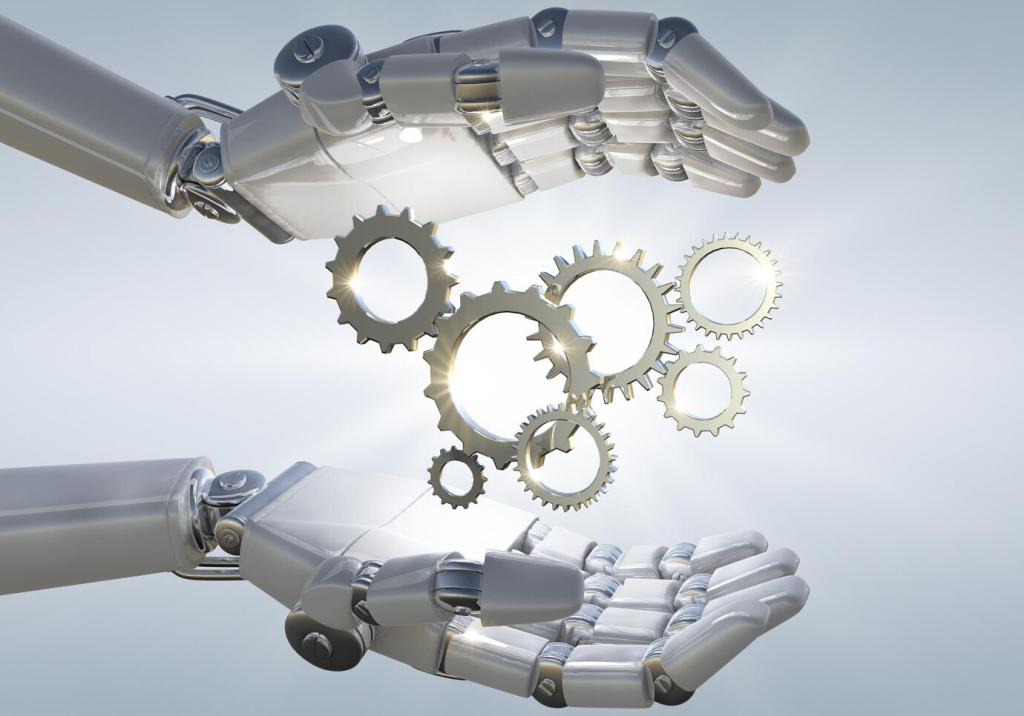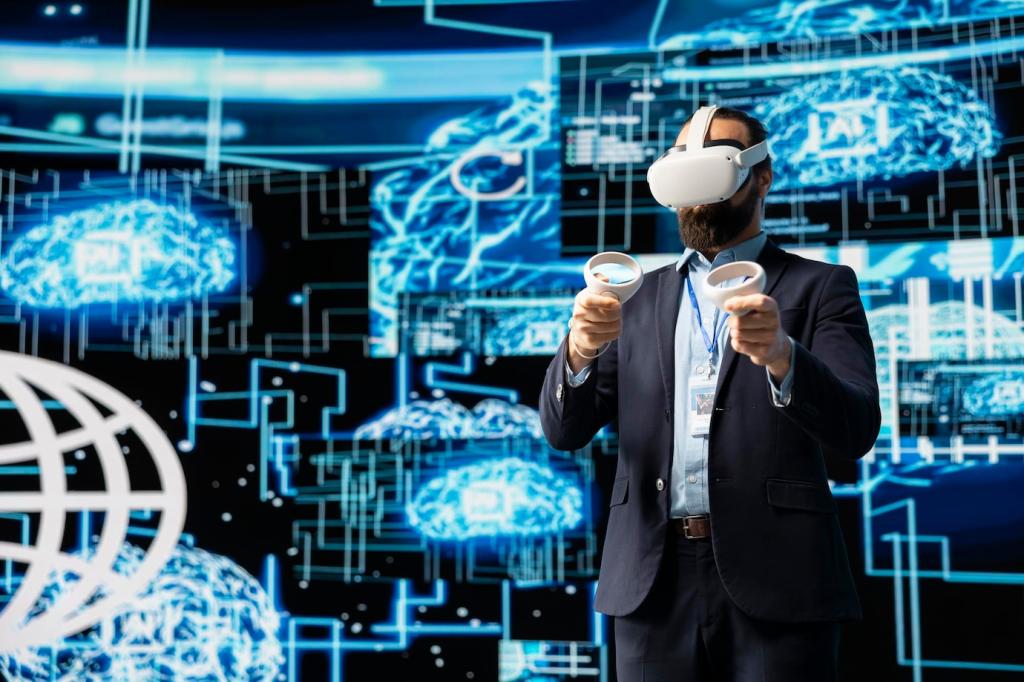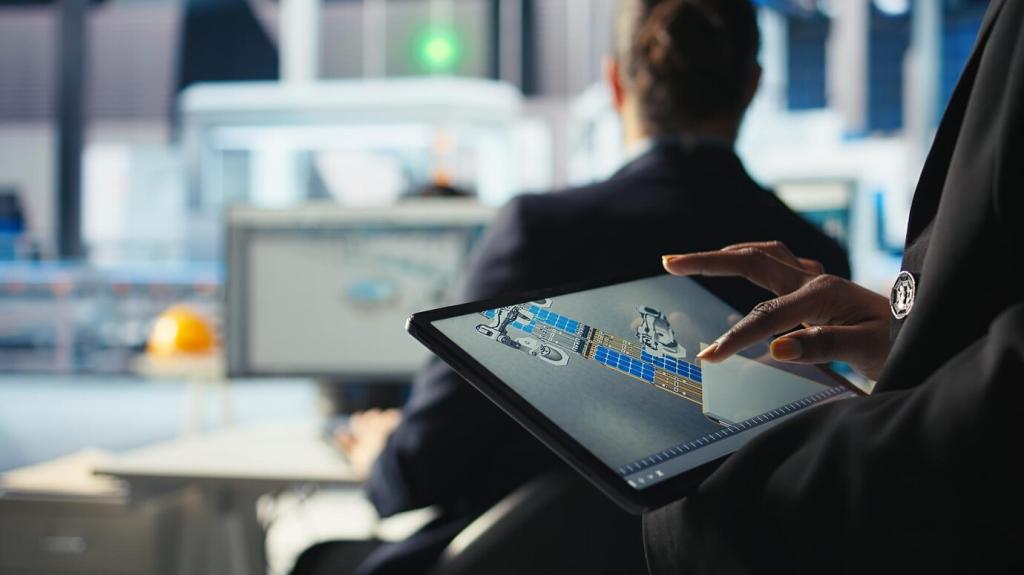
Smart Home Innovations: What to Expect in the Next Decade
The future of smart homes promises a wave of transformative technologies that will shape how we live, interact, and experience comfort in our personal spaces. The next decade is poised to witness advancements that integrate artificial intelligence, personalized automation, sustainability, enhanced security, and seamless connectivity into everyday life. These innovations will redefine convenience, efficiency, and well-being within our homes, offering a glimpse into a lifestyle that balances cutting-edge developments with environmental and human-centered considerations. As we explore the horizons of smart home technology, it is clear that our living spaces are on the verge of becoming more intelligent, responsive, and attuned to our needs than ever before.

The Rise of Hyper-Personalized Automation

Dynamic Grid Integration
Automated Energy Optimization
Real-Time Carbon Footprint Tracking



Seamless Interoperability and Connectivity

